September 11, 2024 | 18:57 GMT +7
September 11, 2024 | 18:57 GMT +7
Hotline: 0913.378.918
September 11, 2024 | 18:57 GMT +7
Hotline: 0913.378.918
Minister of Agriculture and Rural Development Le Minh Hoan suggested and "raised the question" for businesses and managers to find "keywords" to identify and orient the development of Vietnamese ginseng in the coming time.
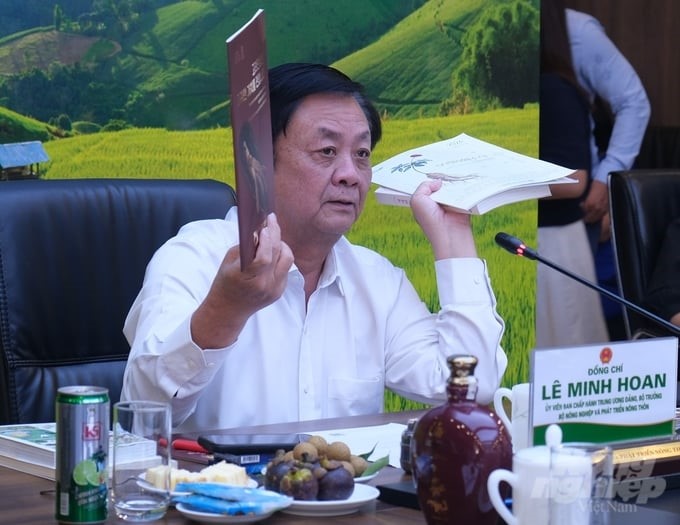
Minister Le Minh Hoan suggested the development direction of Vietnam's ginseng industry. Photo: Kien Trung.
According to the Department of Forestry (Ministry of Agriculture and Rural Development), Vietnam currently has 3,055 ha of ginseng growing area, including 3,000 ha of Ngoc Linh ginseng and 55 ha of Lai Chau ginseng. Ginseng is grown mainly under the forest canopy (3,050 ha); current output is about several tons/year. The area of ginseng grown in net houses and membrane houses is small (5 ha in Lai Chau province), with no output yet because all are newly planted.
Compared with South Korea and China, two great countries of ginseng production, Vietnam's number is very modest. South Korea now has 15,000 ha of ginseng growing, with a yield of 6 tons/ha. This country's total output of ginseng reaches 22,000–23,000 tons/year, accounting for 27% of global output and bringing in a revenue of USD 2.5 billion/year.
Meanwhile, China has very large ginseng growing areas in the Northeast region (including Jilin, Liaoning, and Heilongjiang), with output reaching 44,000 tons/year and revenue of USD 2.8 billion/year. Both countries have diversified products made from ginseng, including beverages, functional foods, pharmaceuticals, and cosmetics.
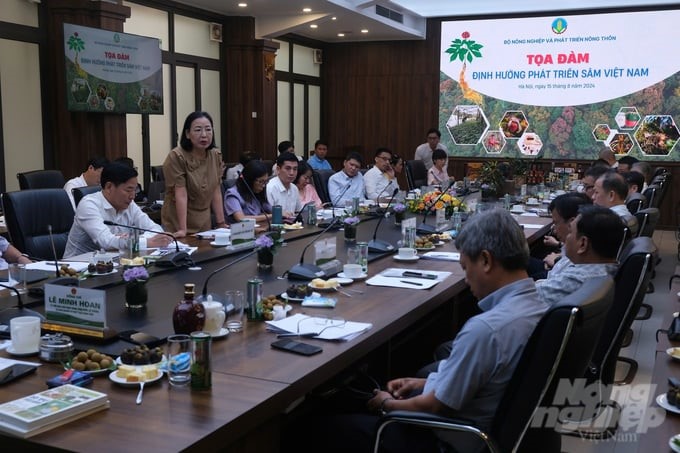
Seminar "Development orientation of Vietnamese Ginseng" held on August 15. Photo: Kien Trung.
International experience on growing areas shows that both South Korea and China are following the trend of bringing ginseng down the mountains and lowering the altitude of growing areas to be able to control productivity, output, and quality of the product. In South Korea, field-grown ginseng yields 6 tons/ha, is easy to cultivate, has quality control, and can be intensively cultivated. South Korea has upgraded its level to a ginseng processing industry by developing many processing facilities, diversifying products, and diversifying consumers. Ginseng products are introduced into many consumption channels (garden houses, ginseng markets, supermarkets, trade centers, etc.) and have been exported to 90 countries around the world.
Comparing and looking at the current situation shows the weakness and youth of Vietnam's ginseng industry. Regarding the growing area, Vietnam has a small area, mainly planted under the forest canopy, with limited output. Regarding brand and quality control, we do not have a brand, cannot control quality, and do not have the participation of famous businesses. Regarding promotion and communication, there are limitations, such as not diversifying forms; not combining cultural and traditional elements; spreading scientific research works; scattering resources, etc.
The Department of Forestry suggested four main contents to managers and ginseng-growing businesses. First, whether Vietnam should develop growing areas under the forest canopy (as currently) or grow ginseng outside the forest, like South Korea. Growing ginseng under the forest canopy will encounter problems with investment rates, medicinal properties, limited output, difficulty in intensive farming, quality control problems, forest ecosystem degradation, etc.

The ginseng garden of Mr. Tran Cao Nguyen in K'Long K'Lanh village, Da Chais commune, Lac Duong district, Lam Dong.
For growing outside the forest (using net houses, membrane houses, etc.), the investment rate will be higher, but on the contrary, it is possible to control quality and medicinal properties, and it will not affect the forest ecosystem.
Second, regarding seed source development, we should use seed sources (sexual) or tissue sources (asexual). This is related to cost, scientific research, propagation process, and quality of ginseng.
Third, regarding scientific research, whether it is compulsory to establish a ginseng research institute or possible to let businesses establish ginseng associations and industry. And whether the ginseng research institute is fully invested, ordered, assigned tasks, bidden research topics by the State, or the State sponsors for businesses to invest in the ginseng research institute, participate in bidding for research topics, or do their own research and public-private cooperation in the national product research program for Vietnamese ginseng.
Fourth, regarding building a Vietnamese Ginseng brand and processing products, whether get the name "Vietnamese Ginseng" or use geographical indications according to different types of ginseng, such as Ngoc Linh Kon Tum Ginseng, Lai Chau Ginseng, etc; access to branded products (as South Korea has done); publish scientific research internationally; and attract large corporations to participate in and orient the development of culture and tourism associated with ginseng. The ginseng association manages a brand, and businesses manage a trademark.
And whether product processing focuses on the fields of pharmaceuticals, food, and cosmetics, or whether it is multi-value and multi-functional, including all of the above-mentioned fields?
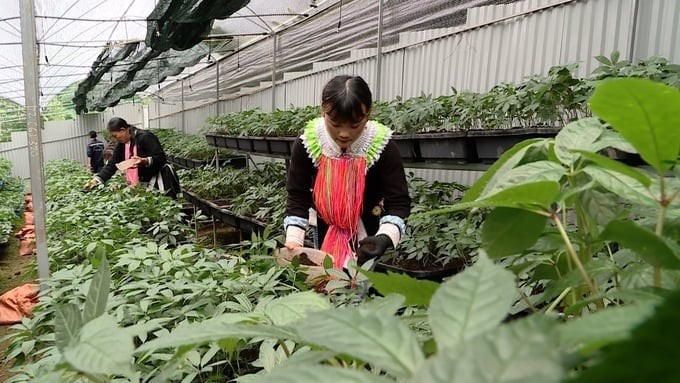
Lai Chau Ginseng Research Center of the Silviculture Research Institute under the Vietnamese Academy of Forest Sciences.
Faced with the issues raised, Minister Le Minh Hoan cited the story of Nui Gianh ginseng (Bac Giang) with the legend that a queen offered it to the king for use and ginseng had good efficiency on health. Since then, the story of Nui Gianh Ginseng being Ginseng for King has appeared. It is a way to promote the brand of Bac Giang's agricultural products.
It is similar to the story of South Korea printing the national flag on ginseng products or using the logos of large corporations with global elements as product labels. Thus, the Minister requested businesses and managers to jointly think about finding "keywords" to help Vietnamese ginseng develop.
To have a program to develop Vietnamese ginseng, we need a different mindset. If we wish to become a great country of ginseng, we need to completely change our approach, creating added value at all stages of the agricultural value chain.
Until now, when talking about ginseng, we often think of it as a field of agriculture but have not thought of it as an industry. Agriculture is only related to the planting and care stages, but its value lies in the chain behind it. South Korea is building and developing a ginseng industry, including the pharmaceutical industry, the cosmetic industry, and then moving forward to the entertainment industry. Therefore, a change in operating thinking is first needed to help Vietnamese ginseng become an industry.
Second, it is necessary to think that ginseng products are government and national products. When South Korea put their flag on the product to identify it as a national product, they intended to market their ginseng to the international market. If we keep wondering whether the product is Ngoc Linh ginseng or Lai Chau ginseng, its scope will only be limited to a regional framework. We must accept and gradually raise it so that consumers can access ginseng products.
Third, do not leave the ginseng product alone, but add other medicinal herbs; maybe then we can diversify the product. The Ministry has advised the Government to issue policy decisions that allow the opening of the forest canopy to grow medicinal herbs. With local thinking, we cannot solve the problems of how to grow ginseng in the net house and trace the origin of the forest.
"Systemic thinking and systemic action, including the leading role of businesses, in turning ginseng farming into a ginseng industry to diversify products and develop it into an industry chain are the directions and paths for Vietnam's ginseng industry in the future," Minister Le Minh Hoan emphasized.
Translated by Thu Huyen
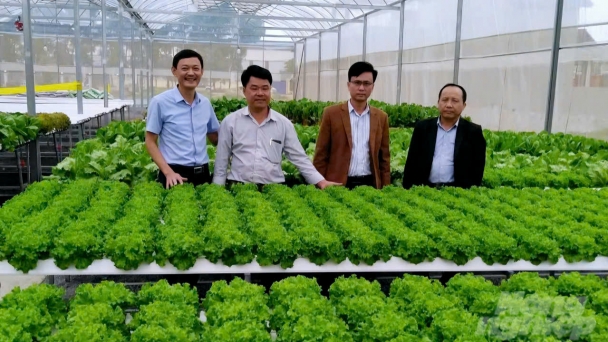
(VAN) Clean agriculture means no worries about price competition and consumption markets. This direction is in line with Thanh Hoa farmers’ farming trend.
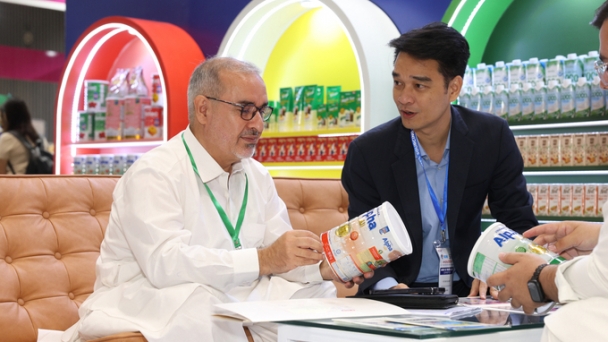
(VAN) Vinamilk's international business segment is also confidently bringing the pride of the 'Vietnamese milk’ brand to the world market.
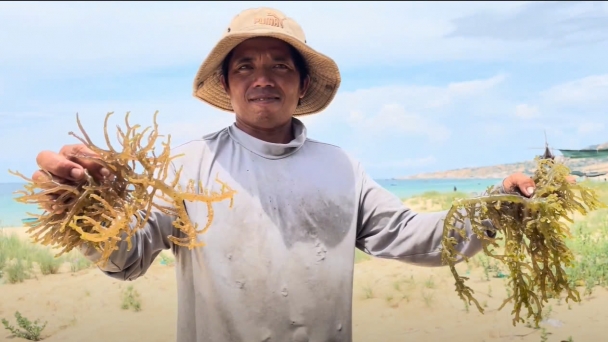
(VAN) Research Institute for Marine Fisheries has successfully created elkhorn sea moss from tissue culture and intensively cultivated it in the coastal area of Ninh Thuan.
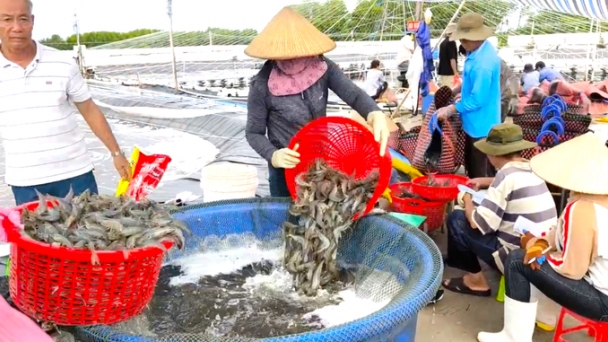
(VAN) Ben Tre province spends VND 544 billion to invest in infrastructure in coastal districts to serve a high-tech shrimp farming model with an area of over 4,000 hectares.
/2024/08/26/2745-3-192204_417.jpg)
(VAN) Nearly 90 ha of oranges owned by people in Huong Son and Vu Quang districts were supported by the Kind Heart Foundation (Vingroup) to invest in Israeli irrigation technology, contributing to improving product quality.
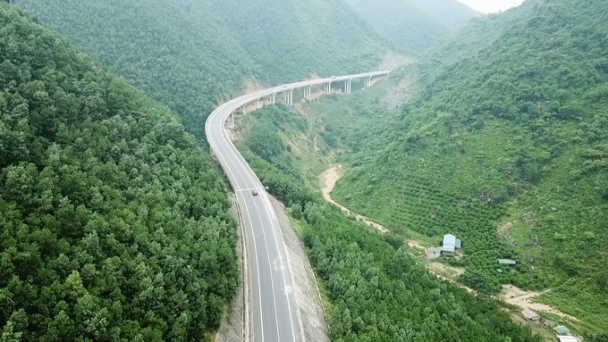
(VAN) Bac Kan Province encourages local businesses to invest in 10 projects related to crop production, agro-forestry product processing, and livestock farming.
/2024/08/24/1807-4-000855_330.jpg)
(VAN) Applying science, technology, and technical advances not only helps breeders improve productivity, quality, and value of products but also expands new knowledge.